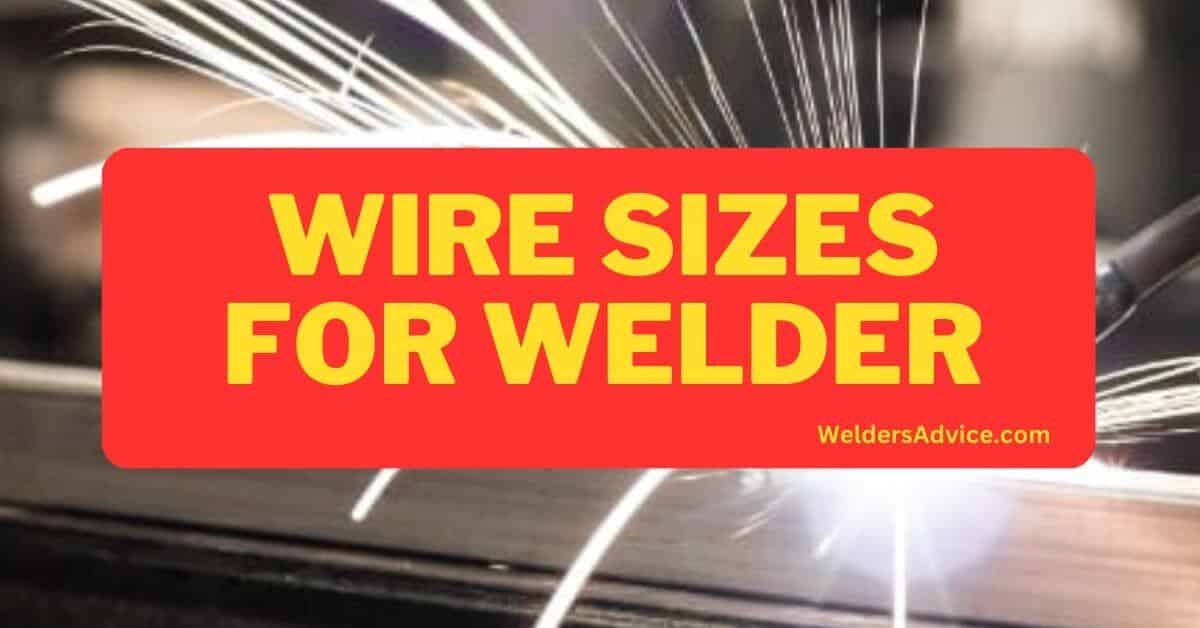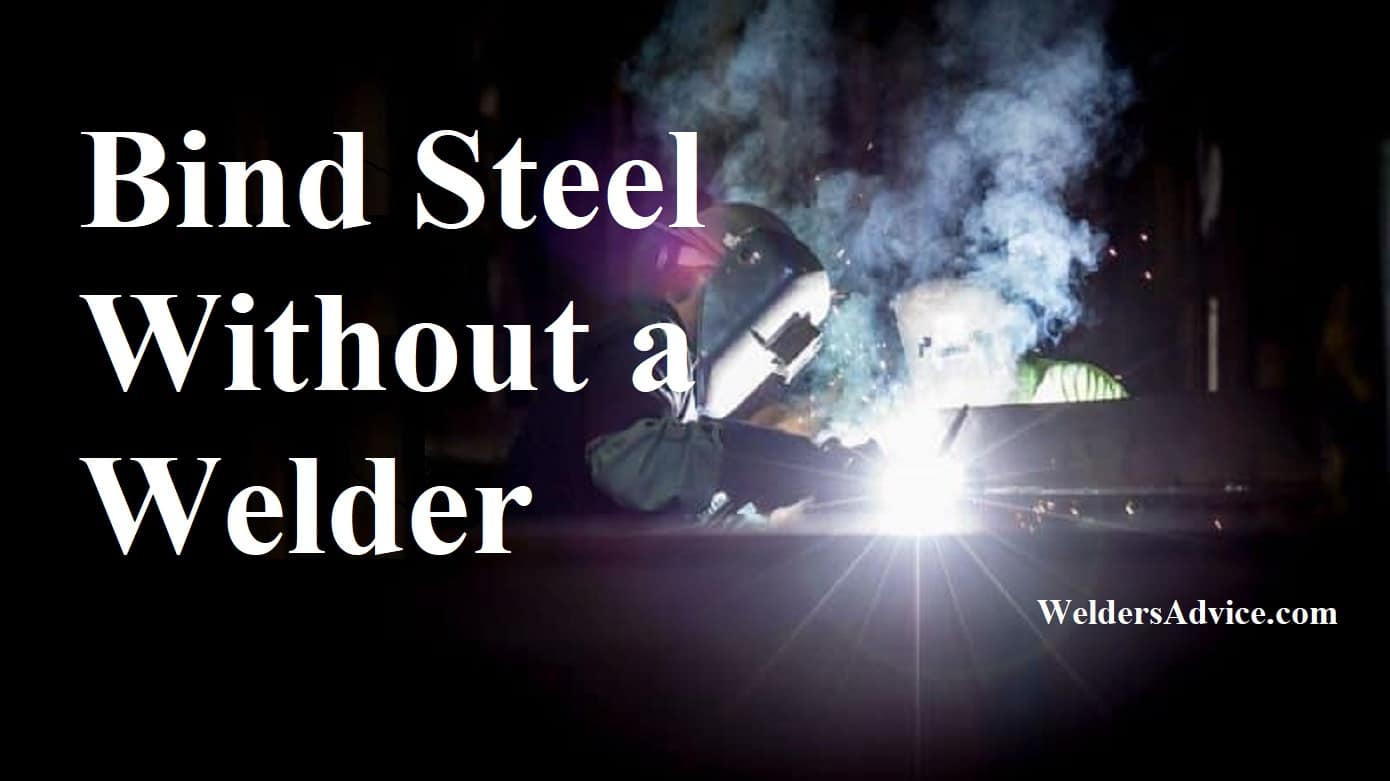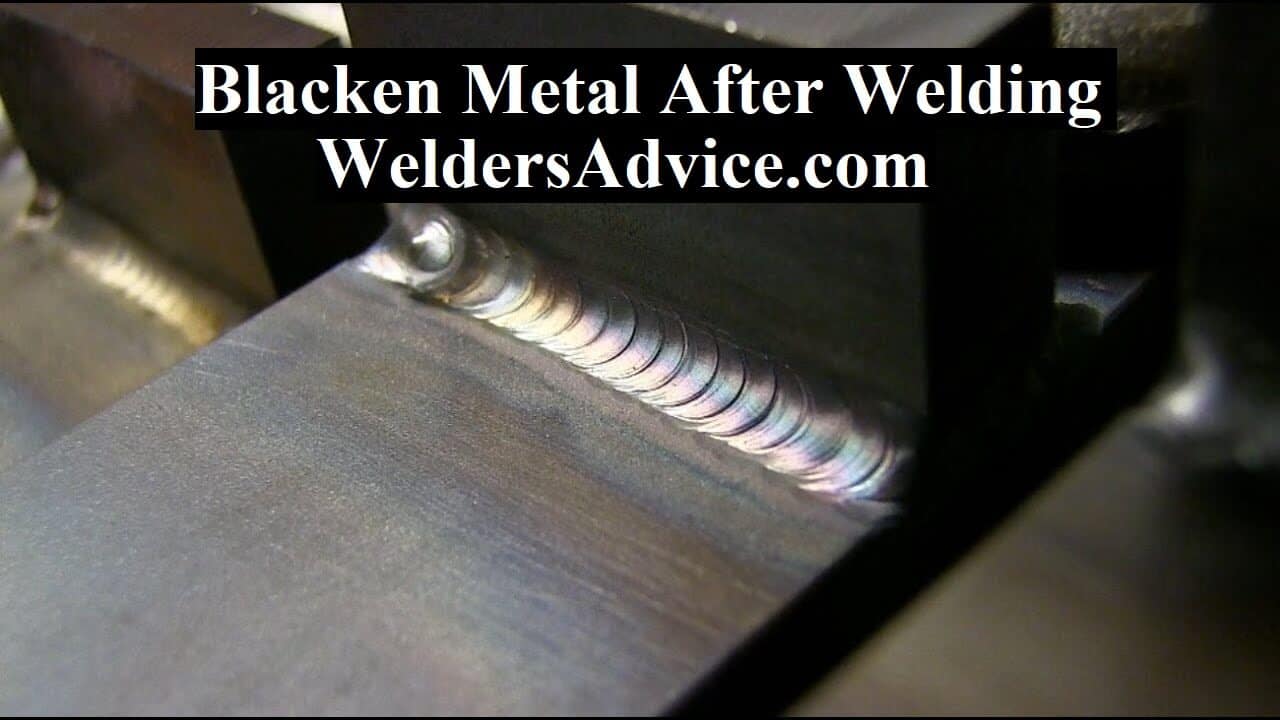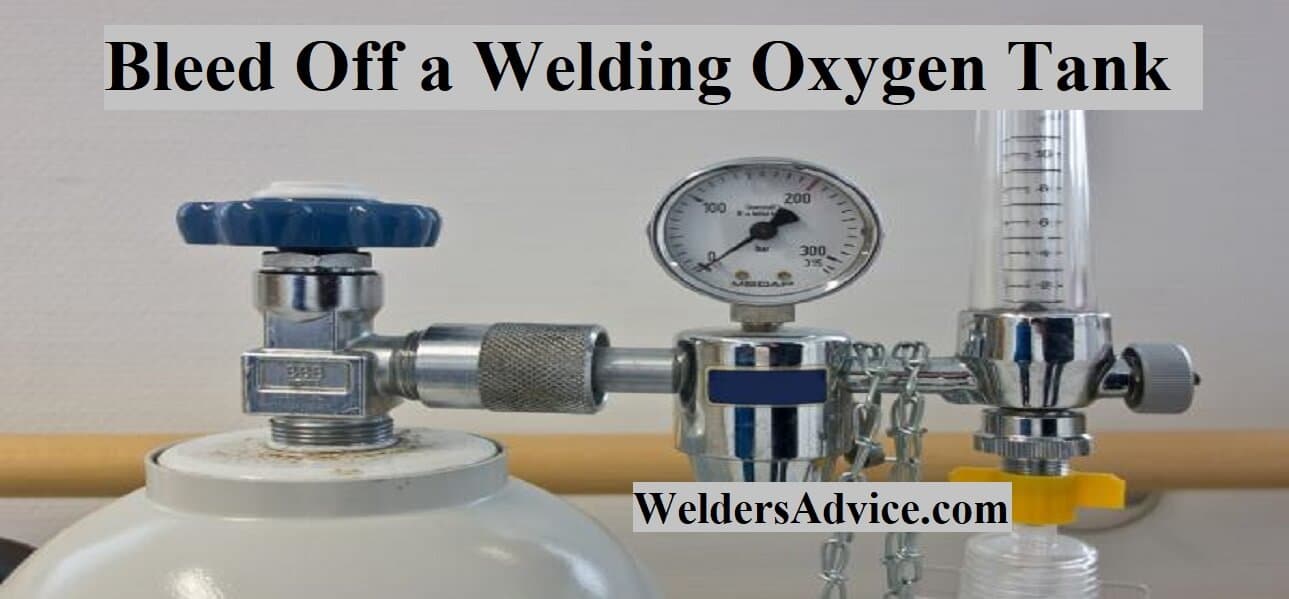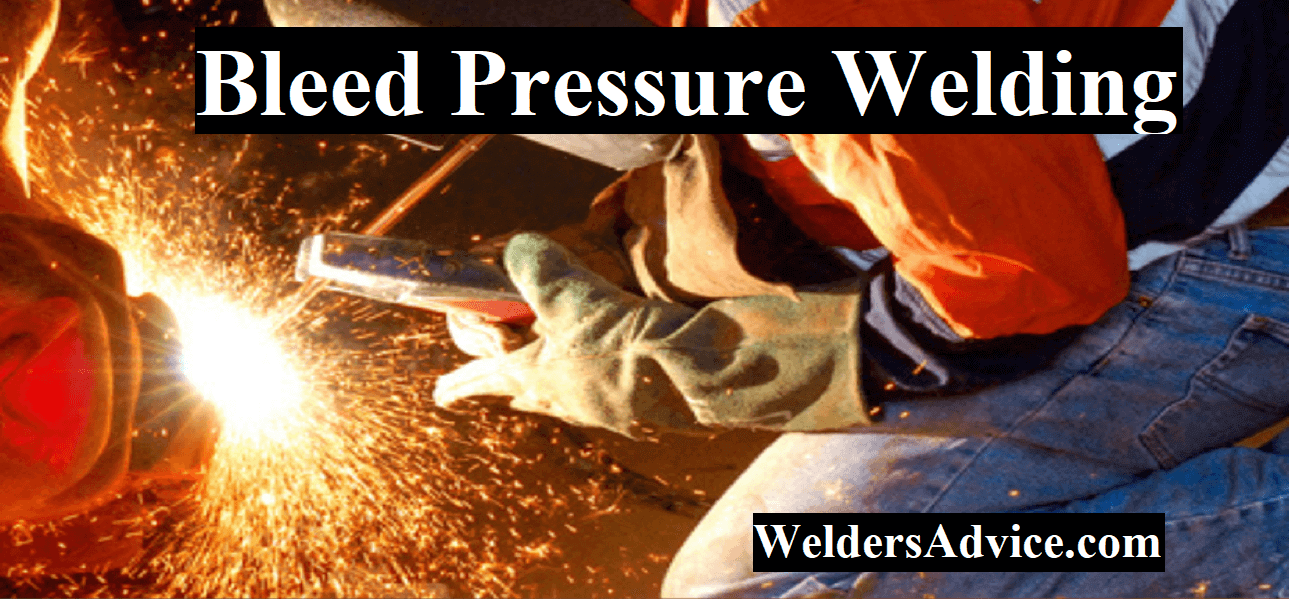Wire sizes for welders vary depending on the type and size of the welder. For example, a MIG welder typically uses 0.023″ to 0.045″ diameter wire while a TIG welder can use anything from 0.5mm up to 6mm in diameter. An arc or stick welding machine usually requires 1/16″ up to 5/64” diameter electrodes.
- How Do I Know What Size Wire to Use for My Welder?
- What Size Wire for a 240 Volt Welder?
- What Size Wire Do I Need for a 200 Amp Welder?
- Should I Use .30 Or .35 Welding Wire?
- Welding Wire Size Calculator
- Welding Wire Size Mm
- 6/2 Or 6/3 Wire for Welder
- 10-2 Wire for Welder
- 50 Amp Welder Wire Size
- Final Thoughts
It is important to choose the right wire size as too small of a wire will not provide enough current flow for optimal performance and too large of size may be difficult to feed through the torch correctly and result in poor welds with excessive spatter or burn-throughs.
When it comes to welding, one of the most important aspects is knowing what wire size to use. The wrong wire size can lead to poor weld quality and even dangerous welding conditions. It’s therefore essential that you understand the different types of wires available and how they should be used for your specific welder.
This blog post will help you learn all about wire sizes for welders so that you can make an informed decision when selecting the right material for your project.
How Do I Know What Size Wire to Use for My Welder?
When it comes to welding, the size of the wire is extremely important. If you use too small of a wire, your welds won’t be strong enough and could fail catastrophically if put under any kind of stress. On the other hand, using too large a wire can damage your equipment or cause excessive splatter during the welding process.
So how do you know what size wire to use for your welder? The easiest way to figure out what size wire you should be using is by consulting the manufacturer’s manual that came with your welder or checking their website for specific recommendations. Many manufacturers will list exactly which type and gauge of wire works best with their machines as well as provide information on recommended settings such as voltage and amperage settings for different metals and thicknesses.
What Size Wire for a 240 Volt Welder?
When selecting the appropriate size wire for a 240-volt welder. It is important to consider both the amperage rating of your welder and the length of your circuit. Generally speaking, a 40 amp circuit requires 10 AWG (American Wire Gauge) copper wire. If you are running a 50 or 60-amp circuit then 8 AWG copper wire should be used.
Additionally, when factoring in the length of your circuit run. You may need to increase the gauge size if longer lengths are required. For example, a 50 amp circuit run that is 100 feet long would need 6 AWG copper wiring instead of 8 AWG. It is also important to note that aluminum wiring cannot be used with welders. Due to its resistance at higher temperatures which can lead to overheating and potential fire hazards.
Always consult an electrician before attempting any electrical work as improper wiring can create dangerous situations or cause damage to your equipment!
What Size Wire Do I Need for a 200 Amp Welder?
When it comes to choosing the right size wire for a 200 amp welder, there are several important considerations to take into account. The first is the current rating of the welding equipment being used. This is typically expressed in amperage (amps) and will determine what size wire you need.
A typical 200 amp welder requires a single conductor cable with an 8 AWG size or larger. Depending on how far away from the power source it is located. Additionally, if your welding system includes multiple welders connected together. Or other electrical equipment that could potentially draw more than 200 amps at any given time. Then higher gauge cables may be required. In addition to selecting cable with sufficient current carrying capacity for your particular application. You should also consider factors such as voltage drop and installation methods when making your selection.
Always consult a trained professional before embarking on any wiring project involving high-powered electrical components like welders!
Also Read: Chicago Electric Flux 125 Welder Review
Should I Use .30 Or .35 Welding Wire?
The question of whether to use .30 or .35 welding wire depends on the type of weld you are attempting. The higher the number, the thicker and more durable the weld will be. If you are welding thick metal such as cast iron or aluminum alloy. Then a .35 wire is best suited for optimal penetration and strength.
On the other hand, if you are working with thinner metals like steel or stainless steel. Then a .30 wire should suffice. Additionally, you may want to consider factors such as amperage settings and what type of shielding gas your welder uses. When selecting which size of welding wire to use. Ultimately it comes down to taking all these variables into account before making your decision. So that you can ensure an effective weld every time!
Welding Wire Size Calculator
Welding wire size calculators are helpful tools that can be used to quickly and accurately determine the correct diameter of welding wire for a specific application. They are designed to take into account factors. Such as material thickness, amperage, voltage, and arc length in order to provide an accurate result. Choosing the wrong size of welding wire could lead to poor weld quality or even dangerous conditions.
Having access to a reliable welding wire size calculator can help save time and ensure safety when performing any type of welding project.
Also Read: Best Flux Core Welders
Welding Wire Size Mm
Welding wire size is an important factor to consider when welding. The diameter of the welding wire will affect the amount of current that can be delivered to the arc. And thus can influence weld strength, bead shape, and other factors. The most common sizes for MIG (Metal Inert Gas) welding are 0.6mm, 0.8mm, 1.0 mm, and 1.2mm in diameter. With a range from 0.5mm up to 2.4mm available depending on your application needs.
6/2 Or 6/3 Wire for Welder
6/2 or 6/3 wire is used for wiring a welder. This type of wire has two to three insulated wires and one bare ground wire. Which are all encased in a flexible metal conduit for added protection. The most common size of 6/2 or 6/3 wire used for welding is 8 gauge. However, other sizes may be needed depending on the power requirements of your welder.
It’s important to use the proper size and type of wiring when setting up your welder for safety reasons. So always consult a professional if you’re unsure about what kind of wiring to use.
10-2 Wire for Welder
10-2 wire is a type of electrical wiring designed for use with welding applications. It consists of two insulated conductors. Usually made from copper or aluminum, they are twisted together to form a single conductor. The two wires are typically used to supply power (positive and negative) to the welder from an outlet or source.
This type of wiring offers increased reliability when compared to other types of wiring. Due to its ability to resist voltage drop and reduce the risk of overloads. Additionally, 10-2 wire is more resistant to heat generated by welding processes than standard electrical cables. Making it ideal for high-temperature applications such as arc welders and plasma cutters.
Also Read: Century FC 90 Welder Review
50 Amp Welder Wire Size
When selecting wire for a 50 amp welder, it is important to choose a size that can handle the amperage. The minimum recommended wire gauge for this application is 8 gauge or 4 gauge. Using too small of a wire could result in overheating and potentially cause damage to the equipment.
It is also important to make sure that the wiring has proper insulation. And protection from environmental hazards such as moisture or corrosion.
Final Thoughts
This blog post has provided a comprehensive overview of the different wire sizes for welders. And the importance of using the appropriate size. It is clear that taking into consideration factors such as amperage and metal thickness when deciding on which wire to use can help ensure the safety, efficiency, and quality of your welding tasks. Ultimately, it is important to be aware of these considerations when selecting a welder wire size in order to achieve optimal results with your projects.

